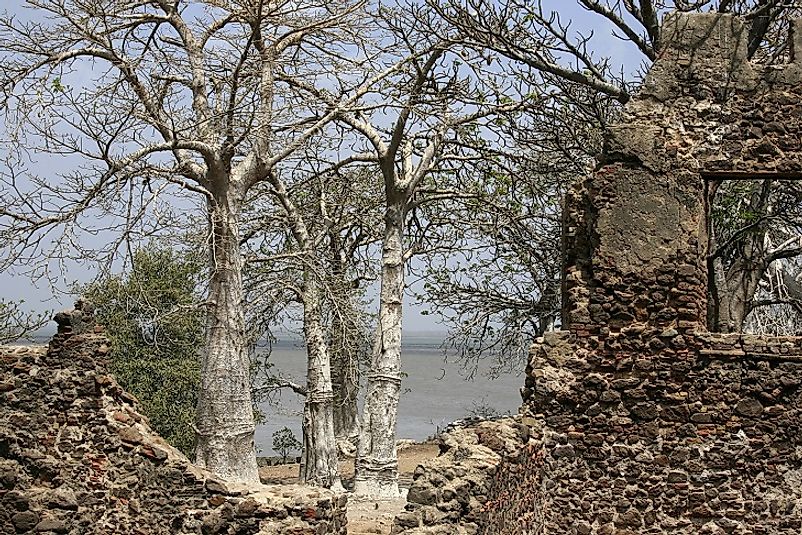James Island And Kunta Kinteh Island Fort - Gambia

5. Description and History
The first Europeans to come upon what was once called James Island were Portuguese navigators on their second expedition up the River Gambia in 1456. The island contains the ruins of structures once built by colonial Britain and was the last strip of African land the natives saw before being plunged into the into the transatlantic slave trade.
The area was eventually purchased by the Baltic Germans in 1651, who built the first fortifications on the island and used it as a base for trade between
James Island was Britain’s first permanent settlement in Africa, though the region frequently changed hands between the British and the French over the course of the next two centuries. After the British Empire passed the Slave Trade Act in 1807 abolishing slavery, it built the Six-Gun Battery and
4. Tourism
Kunta Kinteh Island, or James Island, the Battery and Fort Bullen are visited as part of the greater ‘Roots’ tour, which includes the nearby villages of Juffure and Albreda. There is also a museum dedicated to the history and culture of the region. The
Since 1986,
3. Uniqueness
Visitors here can see the ruins of the slave trade infrastructure, such as the caves and prisons where slaves were imprisoned before being shipped off to the American colonies in sub-human conditions.
2. Natural Surroundings, Sights, and Sounds
The island and its connected sites on the River Gambia are a living testimony to the various aspects of European colonialism in Western
1. Threats and Conservation Efforts
The island and most of the related sites are now largely in ruins. Two of the major buildings were restored in the nineties and others in varying degrees of disrepair have been stabilized. The isolated position of the structures keeps them relatively safe but they are especially vulnerable to the effects of sea erosion. A buffer zone adjacent to the sites also keeps them free from undesirable development.
The island and the historical buildings in the Juffureh-Albreda Complex are legally protected under











